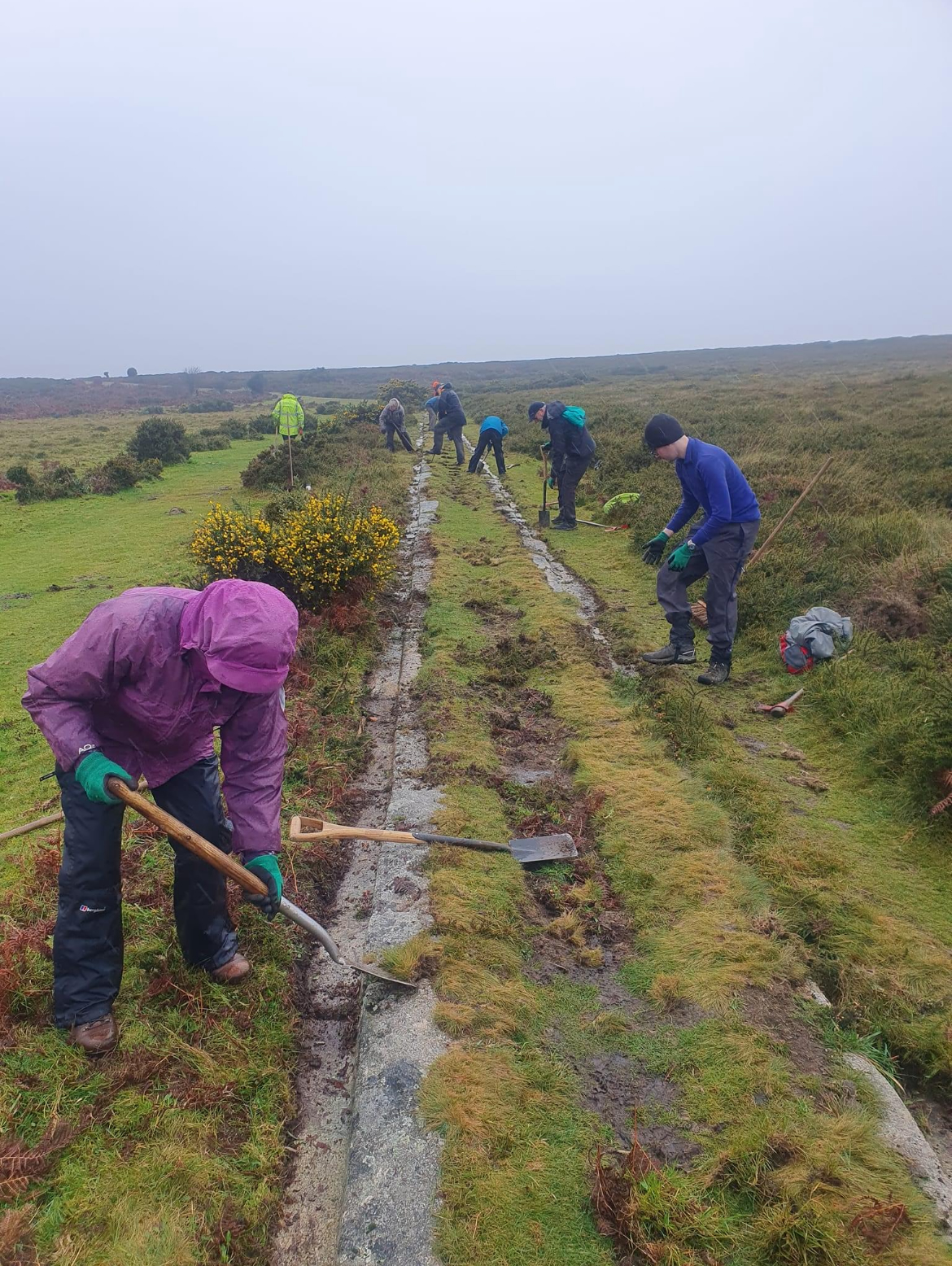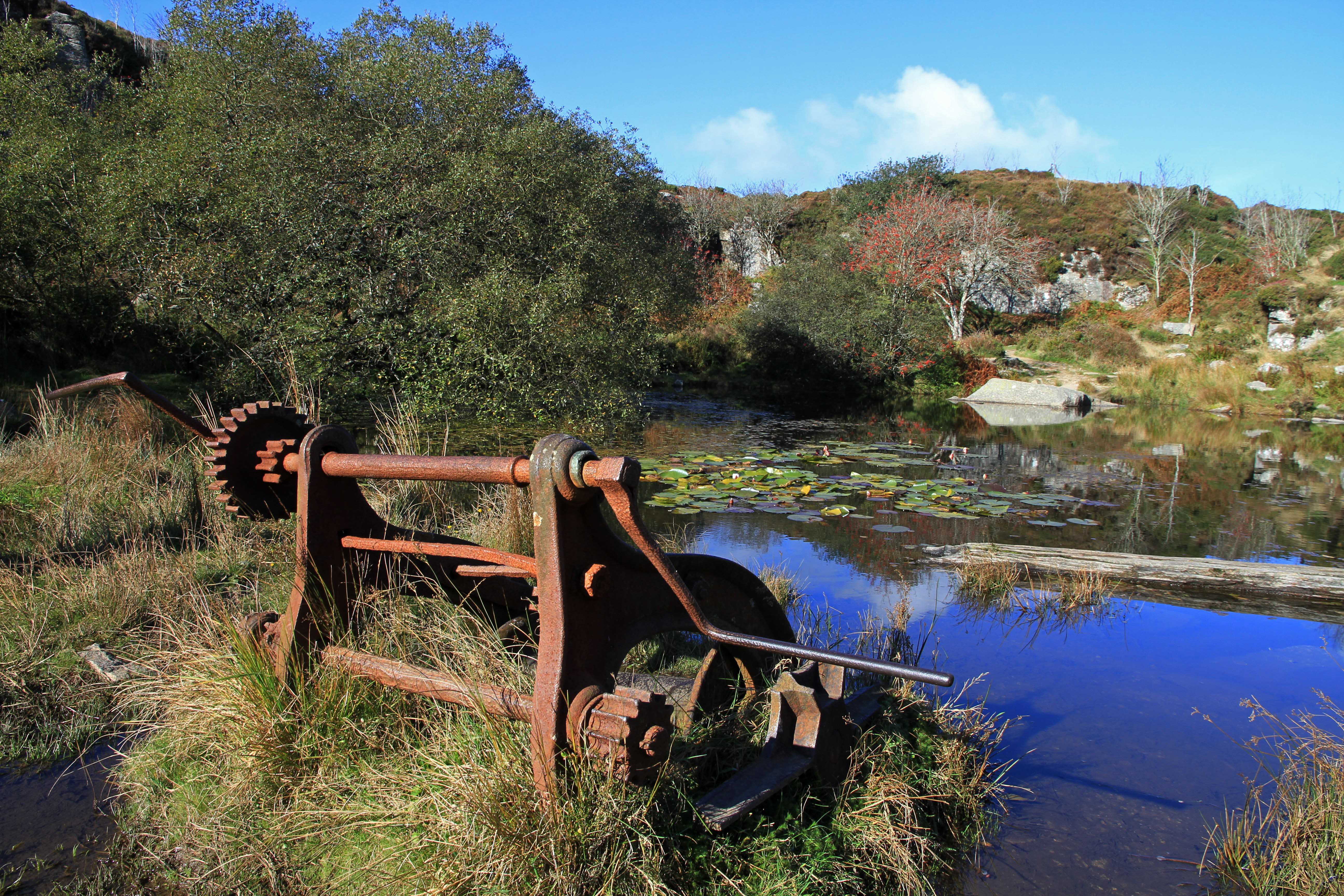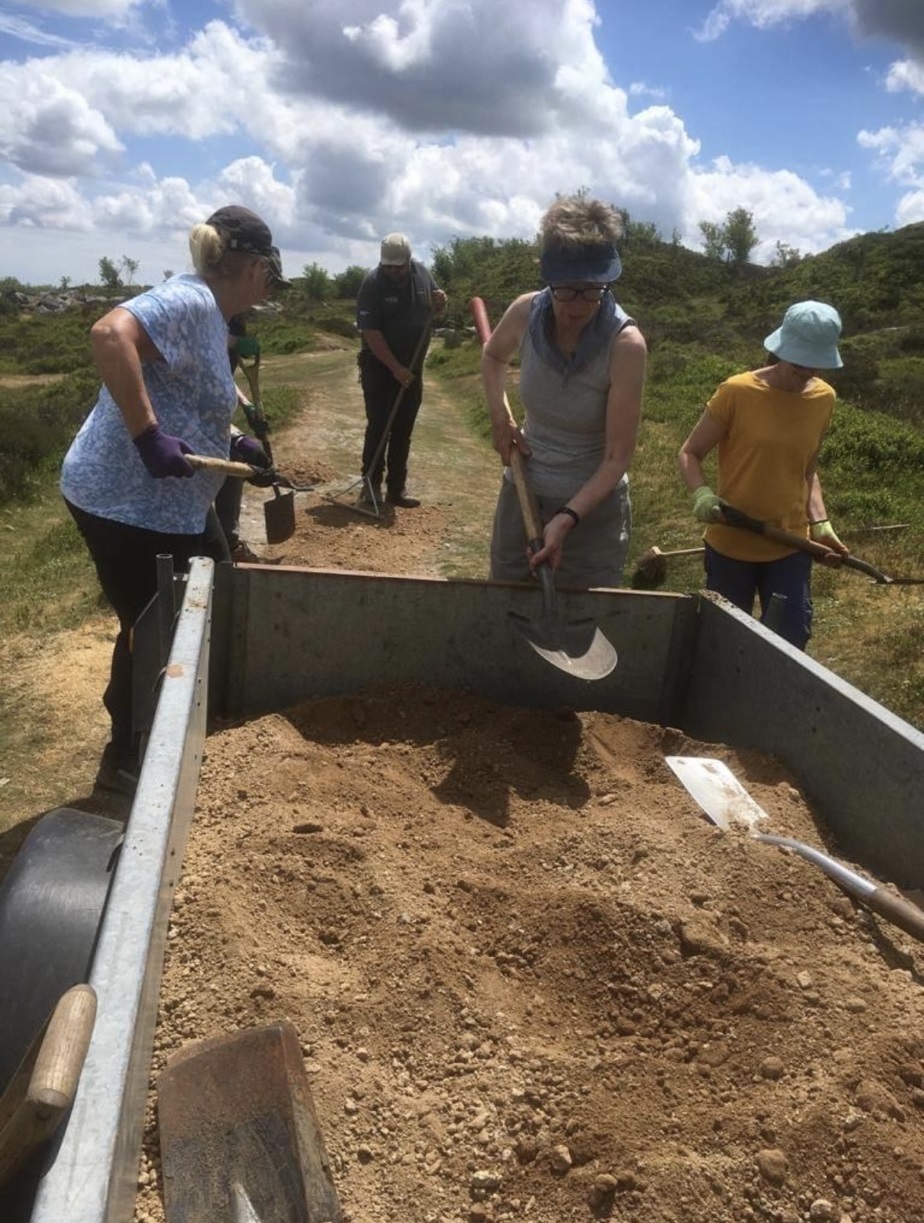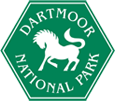Conserving our industrial heritage
Every second Sunday of the month, a group of fresh-faced folk can be seen gathering at Haytor to  get themselves ready for a day of digging, loading and cutting – accompanied by plenty of chatter, biscuits and a hot drink.
get themselves ready for a day of digging, loading and cutting – accompanied by plenty of chatter, biscuits and a hot drink.
In the last few years Dartmoor National Park has benefited from the commitment, enthusiasm and hands-on efforts of many volunteers, all willing to roll up their sleeves and get stuck into some conservation work.
One of the best places to see the results of their outstanding work is at Haytor.
Here, they’ve been involved in vastly improving access to this beautiful place as well as conserving and protecting its nationally significant cultural heritage.
Some history
If you were to time travel to the 19th Century, Haytor Down would not be the tranquil place it is today.
In fact, you’d be right at the heart of Dartmoor’s industry, a place where major quarries were worked, the largest of which were Haytor Quarry and Holwell Quarry. It would have been noisy, weather-beaten and, at times, hazardous.
But Dartmoor granite was a desirable and valued product; demand needed meeting. But how do you solve the dilemma of bringing such heavy stone down from Haytor which is 1,300 feet above sea level?
The Templer family of Stover
The answer came from the Templer family of Stover near Newton Abbot. The Stover Templers rose from humble beginnings to  become major dockland contractors in Georgian England. They held the granite mining rights at Haytor.
become major dockland contractors in Georgian England. They held the granite mining rights at Haytor.
Born in 1781, George Templer (pictured, left) was flamboyant, popular and witty. He was man of literary talents who wrote poetry, enjoyed amateur dramatics and entertained the celebrities of the day. A keen sportsman he indulged in hunting – among his friends was Parson John Russell, known as Jack, who bred the Parson Jack Russell terrier – he was Lieutenant Colonel in the South Devon Yeomanry, and he founded the Teignbridge Cricket Club.
George came up with the idea of constructing a seven-mile-long tramway made of granite. It consists of parallel lines of rectangular granite setts, rather than iron rails, with flanges cut along the upper outside edges. Laid end to end, the flanges form a continuous rail, along which flat-topped trucks ran on flangeless wheels. Each horse-drawn truck could carry up to three tons.
These stone-laden wagons made their way downhill to Stover Canal (built by his father James) at Ventiford Basin near Teigngrace. Workers would load the granite onto barges for taking downstream to Teignmouth where George had the New Quay constructed for shipping granite further afield.
It was truly pioneering and unique. At a stroke, George solved the transportation issue and, in 1820, had built the earliest form of railway in Devon.
On the tramway’s completion George presided over a grand fete from Bovey Tracey up to Haytor. The Exeter Flying Post of 21 September 1820 contains a colourful account of the ‘long string’ of carriages filled with ‘elegant and beautiful females’ alongside multitudes of horsemen, workers on foot and wagons wreathed in laurel.
Old Haytor, the report records, ‘seemed alive’; groups gathered around tables groaning with ‘fruit of all descriptions’ and ‘generous wines’. Templer gave a rousing speech to ‘excited bursts of applause’ and there was much dancing. Anad above them all, planted atop the rocks, a flag fluttered in the breeze.
Such scenes would live long in the memory but the railway itself was short-lived. It closed in 1858 following stiff competition for Cornish granite and rising costs. The last quarrying took place at Haytor in 1919.
Today, it's a peaceful haven where nods to the past remain. The tramway is now a nationally protected monument and Haytor Rocks and quarry is a Site of Special Scientific Interest (SSSI).
In other words, they have a high conservation value and need to be protected. 
Conserving our past
Conserving and enhancing the natural beauty, wildlife and cultural heritage of the area is the First Purpose of English National Parks. It is our responsibility to look after Dartmoor and we do it in many ways one of which is our regular conservation work days.
That’s where our Second Sunday Group come in.
As their name suggests, people give up their time – every second Sunday of the month – to carry out conservation works. The group is led by Area Ranger Bill Allen supported by Assistant Ranger Stuart Hooppell.
Typically, people will meet with Bill and Stuart for a quick hello and introductions to any new faces (we often have new people come along which is brilliant) and armed with tools, wheelbarrows and trailers, they make their way onto Haytor Down.
Depending on the size of the group, people might split into smaller parties to do different tasks. This can vary from repairing the paths around the quarry – the combination of weather and footfall means they quickly show signs of erosion – trimming back any encroaching soil, removing turf, clearing brambles and reprofiling banks.
If there’s time, some people might do a litter pick (small plea alert - please take your litter home if you come to Dartmoor! ) and the day’s efforts are rewarded with the satisfaction of a job well done – even if muscles are a little tired by the end of it!
Help from volunteers means, more than 200 years later, we can still appreciate Templer’s ingenuity.
We can follow the line of the tramway while picturing the jubilant scenes of his grand fete. We can explore the quarries and enjoy their quiet beauty while imagining the noise and the smells of the industry that shaped the space around us. We can sit for a while and perhaps hear nothing more than a distant pony whickering or the song of a skylark.
Visit and enjoy
Pop into the National Park Visitor Centre at Haytor for more information about Dartmoor's industrial heritage. Explore Haytor Down on our Miles Without Stiles route and don't forget to share your day with us on Facebook, Instagram or TikTok.
Article by Emma Pearcy with the portrait of George Templer kindly supplied by Andrew Templer
21 February 2024
